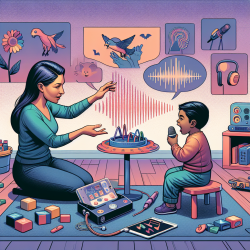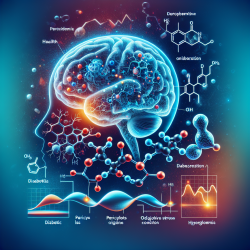Introduction
In recent years, gaming disorder (GD) has emerged as a significant concern, particularly among adolescents. Recognized by the World Health Organization (WHO) in the ICD-11, GD is characterized by impaired control over gaming, increasing priority given to gaming, and continuation of gaming despite negative consequences. A recent study titled "Psychometric properties of the Persian Gaming Disorder Test and relationships with psychological distress and insomnia in adolescents" provides valuable insights into the assessment of GD among Iranian adolescents.
Understanding the Study
The study aimed to evaluate the psychometric properties of the Persian version of the Gaming Disorder Test (GDT) and explore its associations with psychological distress and insomnia. Conducted on a sample of 3,837 Iranian adolescents, the study utilized both classical test theory and Rasch analysis to ensure the reliability and validity of the Persian GDT.
Key Findings
- The Persian GDT demonstrated satisfactory psychometric properties, confirming its reliability and validity in assessing GD among adolescents.
- The test was found to be sex-invariant, meaning it functions equally well across different genders.
- GD was identified as a mediator between time spent gaming and psychological distress, as well as between time spent gaming and insomnia.
Implications for Practitioners
For practitioners working with adolescents, these findings underscore the importance of assessing gaming behaviors as part of a comprehensive evaluation of psychological health. The Persian GDT offers a brief and effective tool for identifying adolescents at risk of GD, allowing for timely intervention.
Furthermore, the study highlights the need to address the broader health implications of GD, such as psychological distress and sleep disturbances. Practitioners are encouraged to consider these factors when developing treatment plans for adolescents exhibiting signs of GD.
Encouraging Further Research
While the study provides valuable insights, it also opens avenues for further research. Future studies could explore the long-term effects of GD on mental health and examine the effectiveness of various intervention strategies. Additionally, expanding research to include diverse cultural contexts can enhance our understanding of GD and its impact globally.
Conclusion
The study on the Persian GDT offers a robust framework for assessing gaming disorder among adolescents, with implications for improving psychological and sleep-related outcomes. By integrating these findings into practice, professionals can better support adolescents in achieving healthier gaming habits and overall well-being.
To read the original research paper, please follow this link: Psychometric properties of the Persian Gaming Disorder Test and relationships with psychological distress and insomnia in adolescents.










